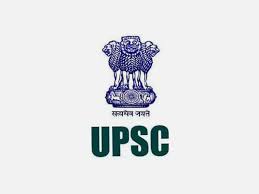
A study commissioned by the Ministry of Rural Development has observed that the Saansad Adarsh Gram Yojana (SAGY) has not made any significant impact and that in the current format, it is not achieving the desired purpose.
Daily Current Affairs Quiz 2020
Key-Points
The study, conducted as part of the Fifth Common Review Mission (CRM) for “independent assessment” of the progress of various programmes and schemes of the Rural Development Ministry.
This Fifth Common Review Mission was prepared by a 31-member CRM team led by Rajeev Kapoor, retired IAS and State Information Commissioner, Uttar Pradesh.
The team, with retired bureaucrats, academics and research organisations as members, visited 120 villages, including about a dozen SAGY villages, in 21 districts across eight states — Chhattisgarh, Kerala, Madhya Pradesh, Manipur, Meghalaya, Odisha, Rajasthan, and Uttar Pradesh — during November 4-14, 2019.
Saansad Adarsh Gram Yojana (Sagy)
Saansad Adarsh Gram Yojana (SAGY) was launched on 11th October 2014 with the aim to translate the comprehensive vision of Mahatma Gandhi about an ideal Indian village into reality, keeping in view the present context.
Under SAGY, each Member of Parliament adopts a Gram Panchayat and guides its holistic progress giving importance for social development at par with infrastructure.
The ‘Adarsh Grams’ are to become schools of local development and governance, inspiring other Gram Panchayats.
The key objectives of the Yojana are the development of model villages, called Adarsh Grams, through the implementation of existing schemes, and certain new initiatives to be designed for the local context, which may vary from village to village and creating models of local development which can be replicated in other villages.





